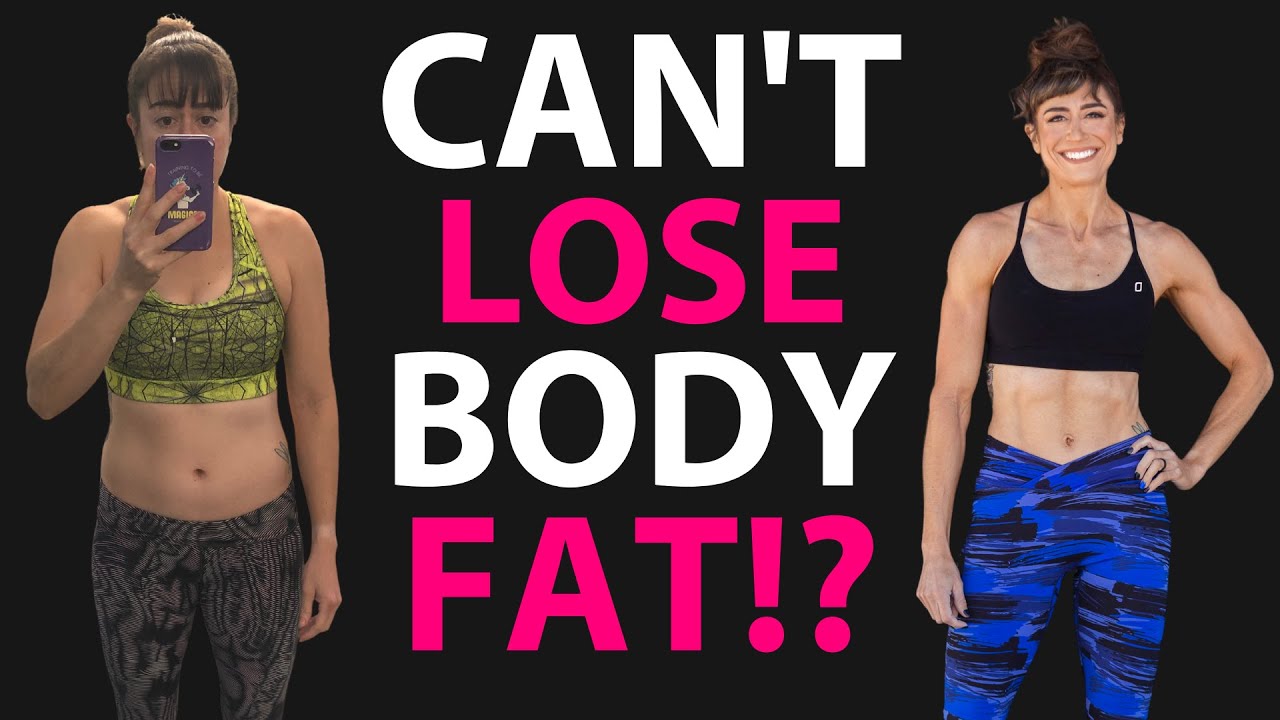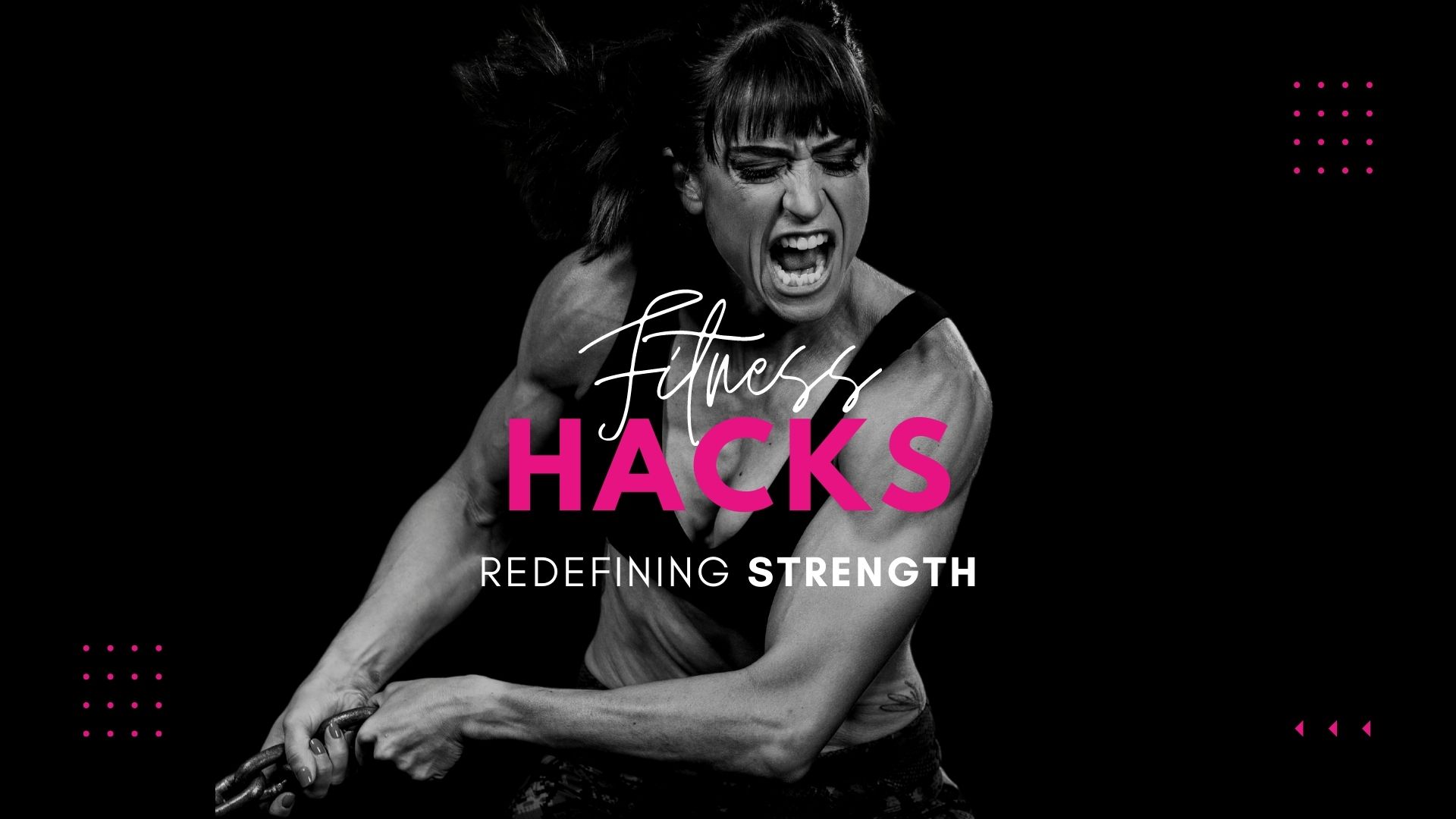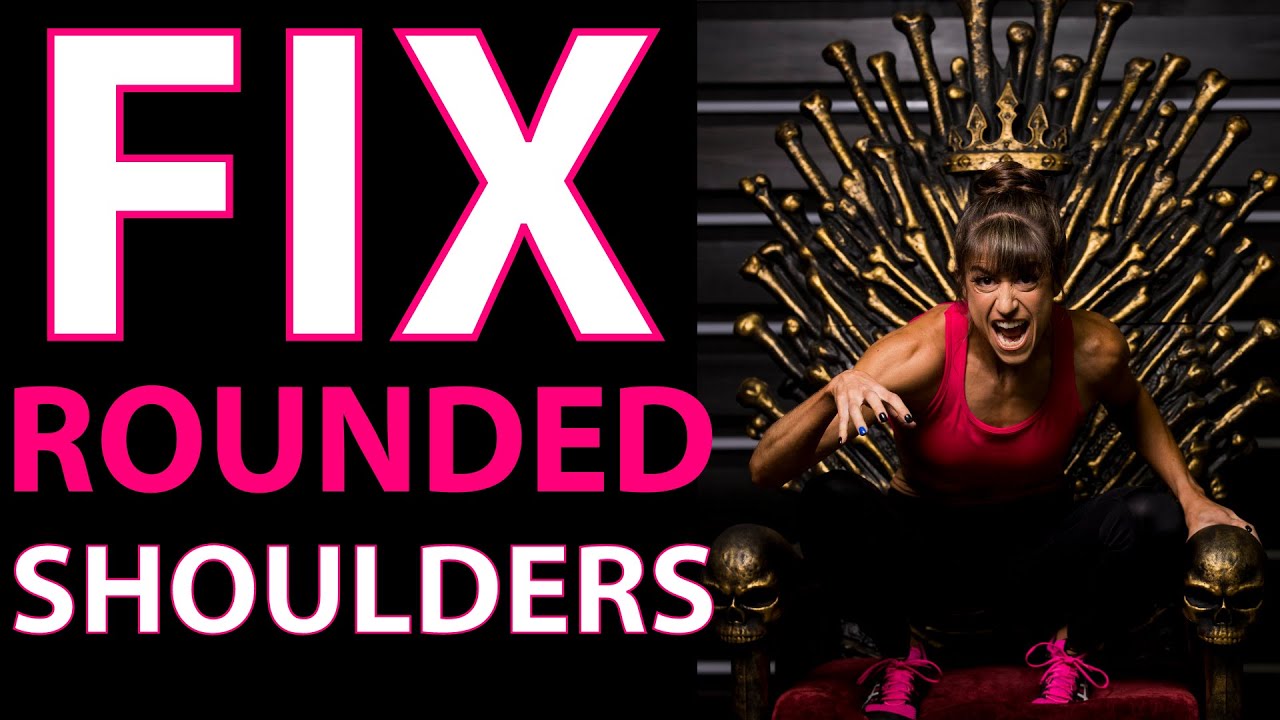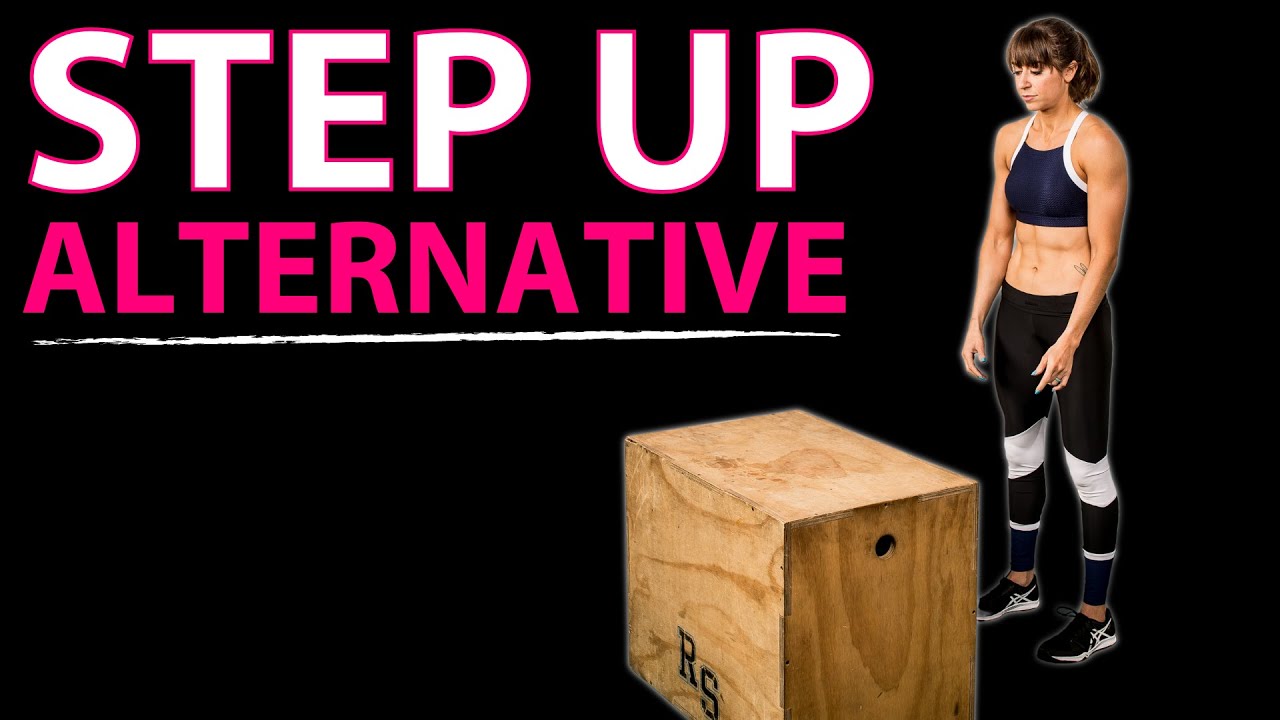
10 Weight Loss Hacks (That Actually Work)
You’ve lost the weight…now what? You can’t just go back to what you were doing prior, but you also can’t stay in a deficit forever!
Instead you’ve got to transition into maintaining, knowing that it will be a process as you find the balance right for you. But what does maintaining your results really mean?
Since it can be a challenging process, I wanted to share 10 tips to help you find the lifestyle balance you need to maintain your results forever.
10 Weight Loss Hacks To Help You Keep The Weight Off For Good:
1: Realize your weight will fluctuate.
Maintaining doesn’t mean there won’t be little ups and downs. The scale will still often fluctuate daily due to inflammation, water retention, even your meal timing the day before.
The key is realizing you have the tools to “catch” things before they become an issue or you start the trend backward.
But also be conscious that as you balance out, you may see a slight scale increase. Do not stress! And then use other forms of measurement as you maintain as the scale won’t show muscle gains which can be occurring as you go out of that weight loss deficit.
Focus on how your clothing fits and even take measurements at set intervals!
2: Don’t cut out processed foods.
The more you restrict foods, demonize things, the more you cause yourself to crave things and ultimately derail your consistency.
Part of why we can never maintain our results is because we don’t know how to work in the things we enjoy and love and WANT to eat at some point.
Food is not just fuel.
If you enjoy candy, find ways to work it in as you build those maintenance habits and transition into maintaining your results.
Find ways to work in the things you love first.
And also recognize we have to stop these sweeping undefined labels. Not all processed foods are just evil.
Heck, technically COOKING is processing a food so watch the labeling as it often only creates guilt instead of balance.
3: Create mini cycles.
Most of us don’t do well without direction, with just doing something “forever.”
Even when maintaining your results, set mini goals, set little cycles for yourself where you have a specific focus.
Test out ratios. See how calories impact you.
Experiment with cycles.
Focus a bit more on body recomp or more on gaining muscle. Not so much that you’re cutting or bulking but just so you have a focus for your fueling and training.
4: Set performance goals!
There is no better way to give yourself mini cycles with end dates than to set performance goals.
Not only can these give you direction in your training but they keep you training hard and fueling well which only promotes retention of your aesthetic changes!
If you want to achieve that first full pull up, design your workouts to work toward that. Even make sure your diet fuels that muscle growth and performance so you can train hard each and every session!
5: Track. Yup. Track.
I know we think tracking is just about weight loss, but learning to maintain our results is a process in and of itself and tracking allows us to make sure we are dialing everything in and slowly transitioning out of that deficit.
It also allows us to make sure we are eating enough to fuel our performance goals.
So while in maintenance you may not track as strictly or even every day, remember that tracking can be that accountability and check in especially if you do feel your energy dipping or your pants getting a bit tight.
You now have a tool you can use any time you need to tweak something and move forward!
6: Realize you won’t always be motivated.
Accept that maintaining means that at points you still want to do little cuts for that beach vacation or little muscle gaining periods to lift a bit more.
There will be holidays where you don’t care and times of year you want to lean down to feel extra fabulous.
Ebbs and flows should be embraced and we need to realize we won’t always be 100% motivated in the same way.
So while we want to set boundaries or bumpers so we don’t go to either extreme, we have to realize we will fluctuate with time.
7: Embrace minimums.
When trying to maintain our results, there will be times we really only do the minimum. But that SOMETHING is what keeps us on track and maintaining even if it isn’t driving us forward toward a specific goal.
Minimums may be calorie caps or protein minimums. It may be a Plan B to our workout routine if we’re busy or a modified schedule just so we do something.
But we won’t always be motivated and there may be times life and stresses need to take priority. These minimums help us avoid losing ground while striking a lifestyle balance.
Consistency is key and this helps us be better than we would have been otherwise to keep us maintaining the results we worked hard for!
8: Don’t diet on holidays OR vacations.
There are 300 days of the year you can focus on working toward a specific goal. But holidays and vacations are not one of those days!
Sometimes we may need to set boundaries for ourselves to keep moving forward as fast as possible, whether it is a calorie cap or even pre-planning what we will eat, but too often we worry about gaining weight or losing weight on the holidays or vacation.
When really that one day doesn’t matter. Heck even those two days don’t matter.
It’s all the days AROUND the event that matter.
Stay on track before the event and get right back to your healthy habits after.
It is 100% a-ok to just enjoy those days without guilt or stress or worry.
9: Always have the day after plan.
Often it isn’t the actual missed workout or day of overeating or stress eating that causes us to sabtoge our results. It isn’t the vacation or party.
It’s the fact that we feel guilty and that one day becomes two days or weeks or even months before we get back to the habits we need.
We let the old habits sneak back in and snowball.
Having pre-prepped meals for the next day already available to get us back on track or a progression, with even a plan b laid out, can help us get right back to our routines and habits.
Especially if you’ve gone on vacation or have a party, plan ahead for how you’re going to get right back to your habits the day after. That will allow you to make sure that one day doesn’t add up and you keep maintaining the results you worked hard for.
10: Try new things!
Often when we are trying to lose weight we get into very set routines and even very repetitive in how we are training and fueling because it is working.
But these same habits and routines can get boring. And when we get bored we are more likely to slip back into old habits.
So find new things to challenge you. Find new things to learn and experiment with.
Test out new macros and recipes. Experiment with new training splits and even moves.
Have some fun experimenting and learning to keep your training and eating interesting!
SUMMARY:
Just remember maintaining is itself a process. And with these 10 tips you can maintain the weight loss results you’ve worked hard to build!
Stuck and struggling to see the results you want and deserve?
Watch this video for my 3 Step Weight Loss Recipe.





